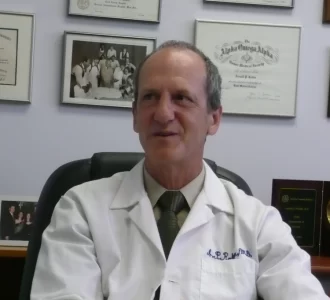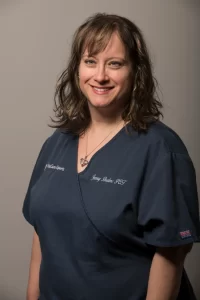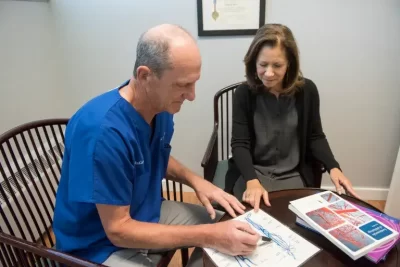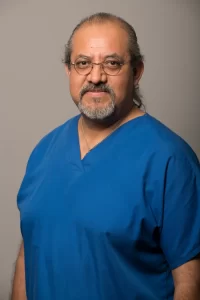Sclerotherapy is a non-invasive, nearly painless medical treatment used to address varicose veins, spider veins, and venous insufficiencies. This procedure, performed in a doctor’s office, does not require hospitalization. Here’s everything you need to know about Sclerotherapy, including its procedure, benefits, and precautions.
What Is Sclerotherapy?
Sclerotherapy involves injecting a solution into diseased veins, causing them to close and redirect blood flow to healthier veins. It’s not suitable for pregnant women or patients with certain conditions like blood clots or heart issues. Veins directly connected to the heart cannot be treated with this procedure. There are two main types of Sclerotherapy:
- Chemical Sclerotherapy: Uses a liquid chemical solution to irritate the vein walls, leading to closure and absorption by the body.
- Foam Sclerotherapy: Combines the chemical agent with air or gas to form a foam. This is particularly effective for larger veins as the foam can cover more surface area within the vein.
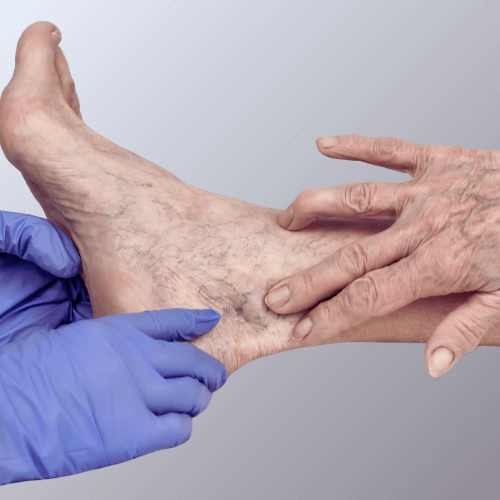
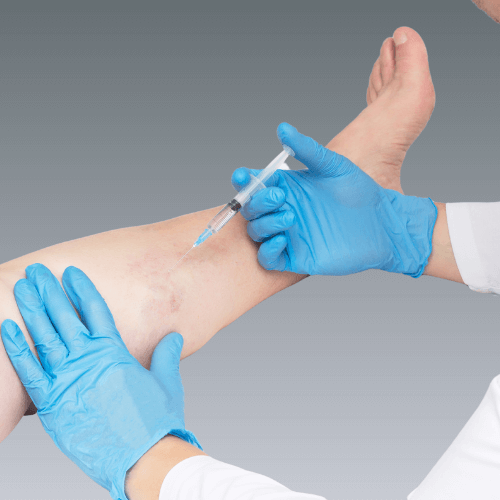
How Does the Procedure Work?
- Diagnosis & Preparation: Your doctor will review your medical history and may use ultrasound imaging to evaluate the affected veins.
- Injection Process: Depending on the type of vein and condition:
-
- Chemical Sclerotherapy: A liquid solution is injected using a fine needle, causing the vein to collapse.
- Foam Sclerotherapy: Foam is injected to displace blood within the vein and enhance contact with the vein walls.
-
- Post-Treatment Care: Light walking is encouraged to prevent blood clots, while heavy physical activity should be avoided for a few days.
Preparing for Sclerotherapy
Follow these steps to prepare for the procedure:
- Discuss your medical history and medications with your doctor.
- Avoid lotions, sunscreens, or chemical products on the affected areas.
- Stop taking aspirin, ibuprofen, or anti-inflammatory drugs two days before treatment (unless instructed otherwise).
- Wear loose clothing and bring compression stockings for post-treatment use.

Benefits of Sclerotherapy
- Effective Results: It eliminates unsightly veins and improves blood flow.
- Minimal Downtime: Most patients resume normal activities on the same day.
- Prevention of Further Issues: Proper aftercare helps prevent new vein problems.


